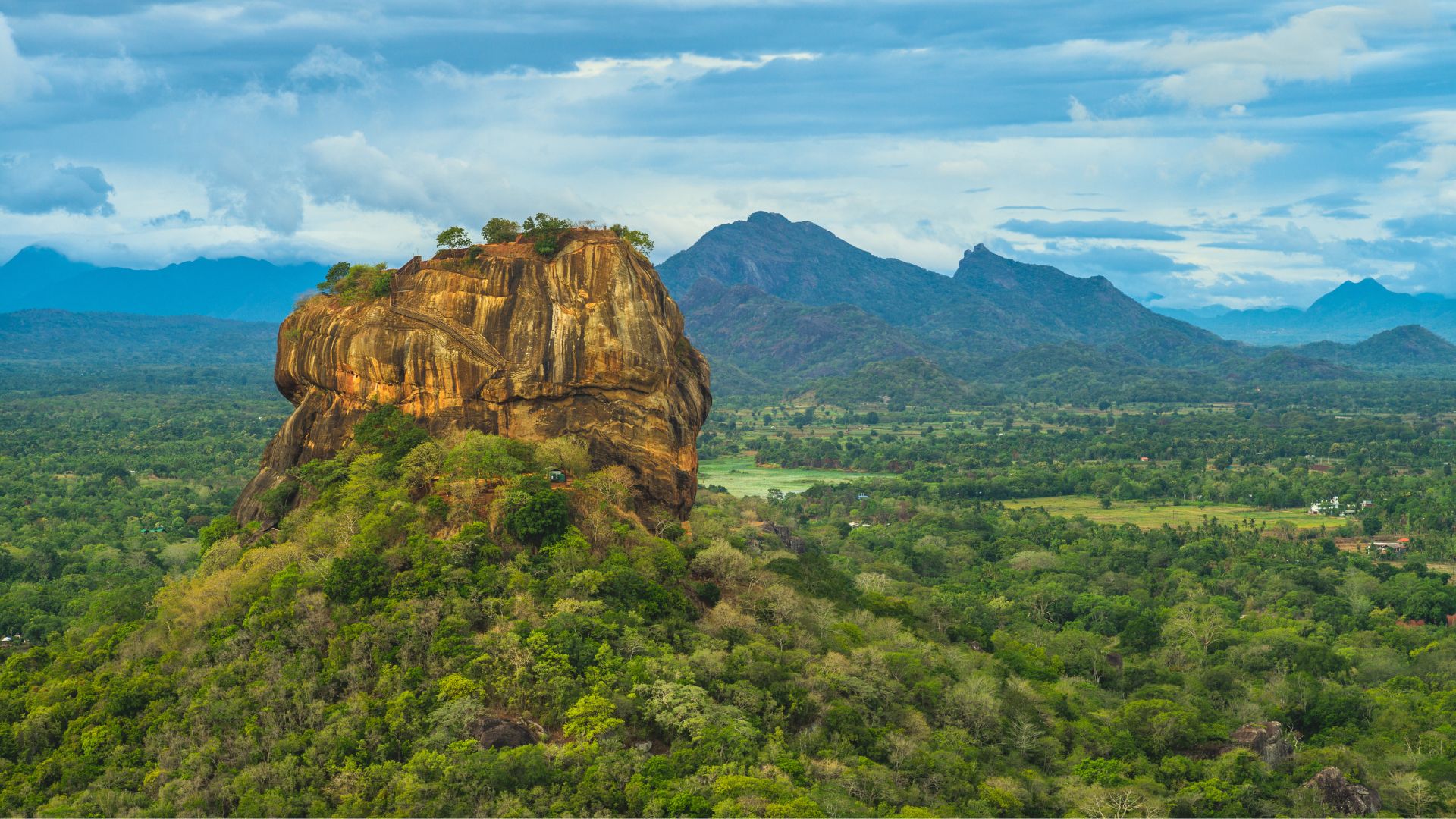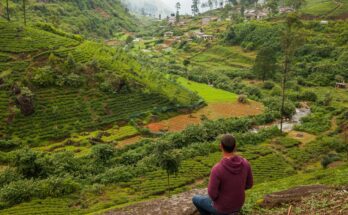Sri Lanka, an island blessed with stunning landscapes, is home to a rich diversity of flora and fauna. Beyond its golden beaches and cultural heritage, the island’s ancient forests hold an unparalleled treasure trove of biodiversity. These dense, lush forests are vital to the ecological balance of Sri Lanka, sheltering unique species and preserving ancient ecosystems. Among these natural wonders, the Sinharaja Rainforest and Kanneliya Forest Reserve stand out as some of the most significant, offering visitors a chance to immerse themselves in the island’s rich natural heritage.
Sinharaja Rainforest: A UNESCO World Heritage Site
Sinharaja Rainforest, located in the southwest of Sri Lanka, is one of the island’s most renowned natural wonders. As a UNESCO World Heritage Site, it is a protected area of tropical rainforest that remains largely untouched, making it one of the last remaining primary rainforests in the world. The forest is a living testament to Sri Lanka’s ancient ecosystem, offering a glimpse into what the island’s biodiversity might have looked like centuries ago.
Sinharaja is home to a wealth of endemic species, with over 60% of its plant species and 50% of its butterflies being unique to Sri Lanka. The forest is also a sanctuary for a variety of birds, including the rare Sri Lanka blue magpie and the red-faced malkoha. Walking through the forest is like stepping into another world, where the air is thick with the sounds of chirping birds and the vibrant green of towering trees surrounds you on all sides.
A visit to Sinharaja is an unforgettable experience for nature lovers and adventure seekers alike. Trekking through its dense trails, visitors can spot a myriad of wildlife and plants, many of which cannot be found anywhere else on Earth. The forest’s rich biodiversity has earned it recognition as one of the world’s most important ecological sites, and its protection is essential to the preservation of Sri Lanka’s natural heritage.
Kanneliya Forest Reserve: A Hidden Gem
While Sinharaja might steal the spotlight, Kanneliya Forest Reserve, located in the Galle District, is another important sanctuary worth exploring. Often overshadowed by its more famous counterpart, Kanneliya is still a hidden gem, offering visitors an intimate experience with nature. This lowland rainforest is part of the larger Kanneliya—Dediya—Galgala Forest Complex and is considered one of the best-preserved rainforests on the island.
Kanneliya is a haven for biodiversity, home to a variety of endemic species, including reptiles, amphibians, and a wide range of birds. The forest is a popular spot for birdwatching, with sightings of species like the Sri Lanka hanging parrot and the white-faced starling. The trails through the forest lead to tranquil streams and serene waterfalls, making it an ideal spot for hiking and relaxation.
One of the highlights of Kanneliya is its calm and peaceful atmosphere, which offers a stark contrast to the bustling tourist areas of Sri Lanka. With fewer visitors, it provides a more serene experience of Sri Lanka’s biodiversity, allowing travelers to connect with nature on a deeper level.
The Importance of Sri Lanka’s Ancient Forests
Sri Lanka’s ancient forests, like Sinharaja and Kanneliya, are vital to the island’s ecosystem and cultural heritage. These forests act as the lungs of the island, regulating the climate, protecting watersheds, and preventing soil erosion. They are also important in the fight against climate change, as the dense vegetation stores carbon and helps to balance the global carbon cycle.
Moreover, these forests play a crucial role in preserving Sri Lanka’s rich biodiversity. Many species that thrive in these forests are found nowhere else in the world, making them integral to global conservation efforts. The flora and fauna in these ecosystems are often interdependent, and even small changes to the environment can have a significant impact on their survival.
Exploring and Protecting Sri Lanka’s Forests
Visitors who wish to explore these ancient forests can do so through guided treks, which offer a safe and educational way to experience Sri Lanka’s wilderness. Various conservation initiatives are also in place to ensure these forests are protected for future generations. Eco-tourism plays a critical role in this, as it provides funding for conservation projects while educating travelers about the importance of preserving these natural habitats.
In addition to visiting these forests, responsible tourism is vital to ensure that the beauty and biodiversity of Sri Lanka’s ancient rainforests are preserved. Sustainable travel practices, such as minimizing waste, respecting local wildlife, and supporting conservation efforts, can help protect these invaluable ecosystems.
Conclusion: A Journey into Sri Lanka’s Heart
Sri Lanka’s ancient forests offer more than just scenic beauty—they provide a deeper connection to the island’s natural heritage. From the mist-covered peaks of Sinharaja to the tranquil trails of Kanneliya, these forests are a testament to the rich biodiversity and ecological importance of the island. For nature enthusiasts, adventure seekers, and those passionate about conservation, Sri Lanka’s ancient forests offer a rare opportunity to witness the island’s unique ecosystems in their most authentic form. Whether trekking through a rainforest or simply soaking in the peaceful surroundings, a visit to these forested sanctuaries is an unforgettable experience, offering insight into the heart of Sri Lanka’s natural world.


